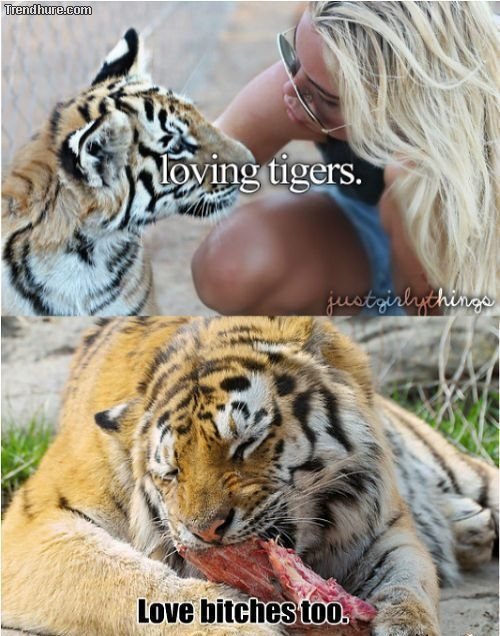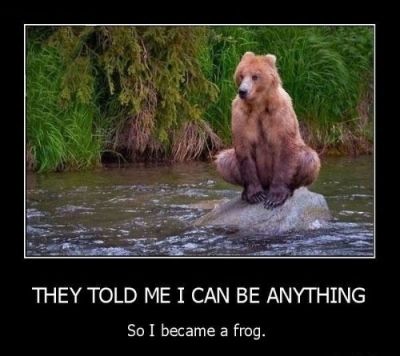Super Duper Funny Picture Thread # 3
- Thread starter Thread starter ezak420
- Start date Start date
- Status
- Not open for further replies.
Heh, Zardoz . . . one Sean Connery would like to forget.


The blue ice is real, not a photographic trick:
“Lake Baikal ... contains roughly 20 percent of the world’s unfrozen surface fresh water and more than 1,700 species of plants and animals, with more than 80 percent of the animals being unique to the area.
The 25 million-year-old lake’s water is so clear that when it freezes over in the winter you can see a little over a 100 feet below. The lake can be crossed by foot when it freezes, but those who choose to cross it run the risk of frostbite and hypothermia.
“The shooting is not easy, as Baikal is known for its unpredictability. It is especially dangerous shooting ice of Lake Baikal,” Trofimov [the photographer] explained.
In March, due to a natural phenomenon the lake is particularly amazing to photograph. The temperature, wind and sun cause the ice crust to crack and form beautiful turquoise blocks or ice hummocks on the lake’s surface.
Attachments
Reason #782 dogs kick ass:
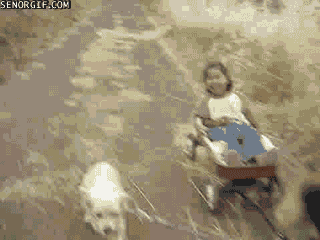
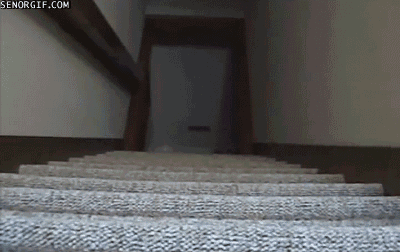
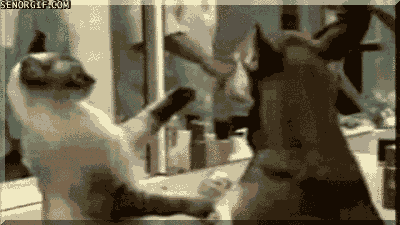





- Status
- Not open for further replies.

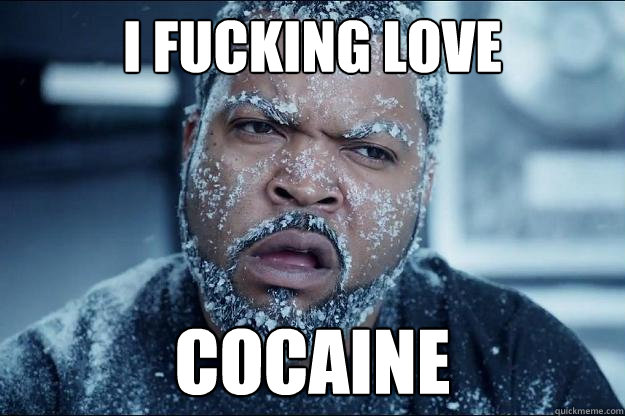


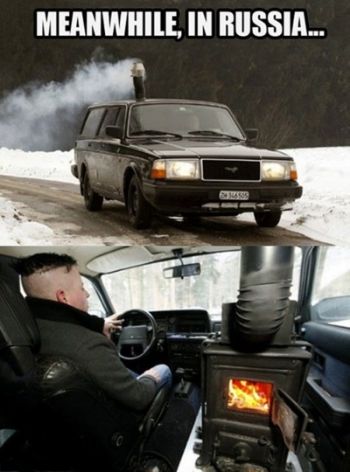



















 out of +rep 'n votes for today but i owe you one for today's good morning laugh Stonefree!
out of +rep 'n votes for today but i owe you one for today's good morning laugh Stonefree!

